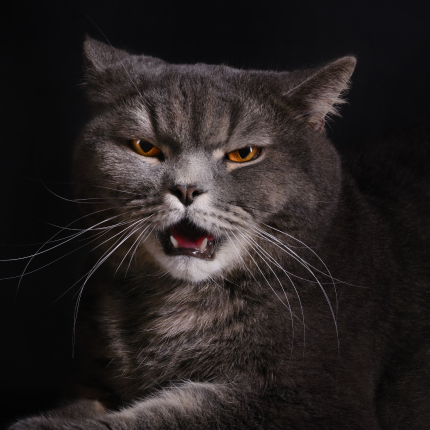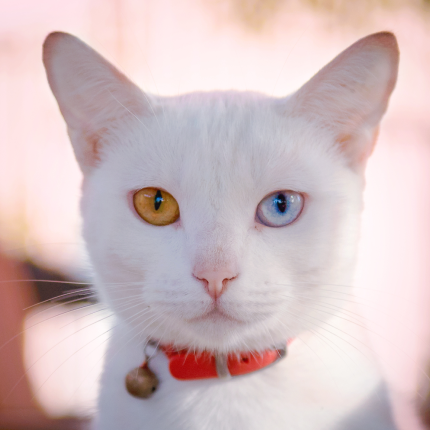The Tale of the US Capitol’s ‘Demon Cat’

As Halloween approaches, now is a good time to learn about the legend of the ‘demon cat’ said to haunt the U.S. Capitol. The story of this spooky feline traces its origins back to 1898, when D.C.-based journalist Rene Bache penned an account of ghostly apparitions associated with the Capitol building. In his writings, Bache described the ‘feline spook’ as a creature that mysteriously transformed from an ordinary-sized cat into an elephantine behemoth before the eyes of onlookers. He claimed this phantom feline had been terrorizing congressmen and others within the Capitol since 1862.
Origins
Historically, there were many individuals present at the Capitol who might have witnessed such an enigmatic cat. During the early years of the Civil War, Union soldiers occupied both the House and Senate chambers, guarding against potential Confederate attacks. Later in the year, the Capitol was converted into a makeshift hospital for wounded troops.
It’s plausible that cats did reside in the Civil War-era Capitol. During that period, cats were commonly kept to control the rat population, which thrived due to the 20 large ovens in the basement producing 10,000 rations daily to feed the soldiers.
View this post on Instagram
1904
The legend may also have been spread by Capitol Police officers responsible for nightly patrols. At the time, these officers were tasked with capturing stray animals on Capitol grounds. According to Samuel Holliday, the U.S. Capitol Historical Society’s director of scholarship, such instances included lassoing stray horses in 1904 and apprehending 31 dogs in 1910. Capitol tour guide Steve Livengood suggested that an inebriated guard might have initiated—and perpetuated—the tale to get a day off.
1935
Regardless of its origins, the legend of the demon cat continued to grow over the years. In 1935, a Capitol policeman claimed he had fired his weapon at a large black cat, claiming the cat had “the generous proportions of Mae West plus the disposition of Bela Lugosi.” By this time, believers speculated that the phantom cat, with eyes resembling headlights, could also be found at the White House.
Current Day
Today, the most significant piece of evidence in favor of the Demon Cat’s existence is a set of feline footprints etched into the cement floor of the Small Senate Rotunda near the entrance to the Old Supreme Court Chamber. While the Architect of the Capitol attributes these paw prints to the rat-catching cats once present in the building, believers of the Demon Cat myth beg to differ. They argue that the footprints only emerged after the rotunda suffered near-destruction in an 1898 explosion, which they attribute to the evil cat, despite official records blaming a gas explosion. These believers also contend that the initials D.C. carved into the same floor stand for Demon Cat.
Though these footprints and initials have been carefully preserved within the Capitol for historical record, there have been no recent sightings of the Demon Cat, as reported by Steve Livengood in 2018. However, the Capitol’s notorious rat population has made a resurgence, with a rodent infestation reported at the nearby U.S. House of Representatives Child Care Center in early 2022. In light of this, it’s probably time for the Demon Cat to reemerge, all in the name of pest control.

Featured Articles

Polydactyl Cats: Just More Beans to Love
Polydactyl cats have become extremely popular in recent times. As a result, more and more people are interested in learning more about this six-toed cat and want to get one of their own. If you are a cat lover intrigued by polydactyl cats, you have come to the right place….

Greebles and Cats: The Origin and the Meaning
You may have seen an internet sensation concerning cats labeled “greebles.” Feel out of the loop? We’re here to help you. In 2019, Reddit user /user/literallyatree commented on a Reddit post about a cat that looks like it’s trying to slap a ghost. This user commented: “My family calls things…

The Odd-Eyed Cat (AKA Heterochromia)
Cats are already beautiful and fascinating creatures, but people are bound to take notice when they have something as captivating as two different colored eyes. Odd-eyed cats always have one blue eye paired with either a green, yellow, or brown eye. This form of heterochromia occurs in other animals, including…
